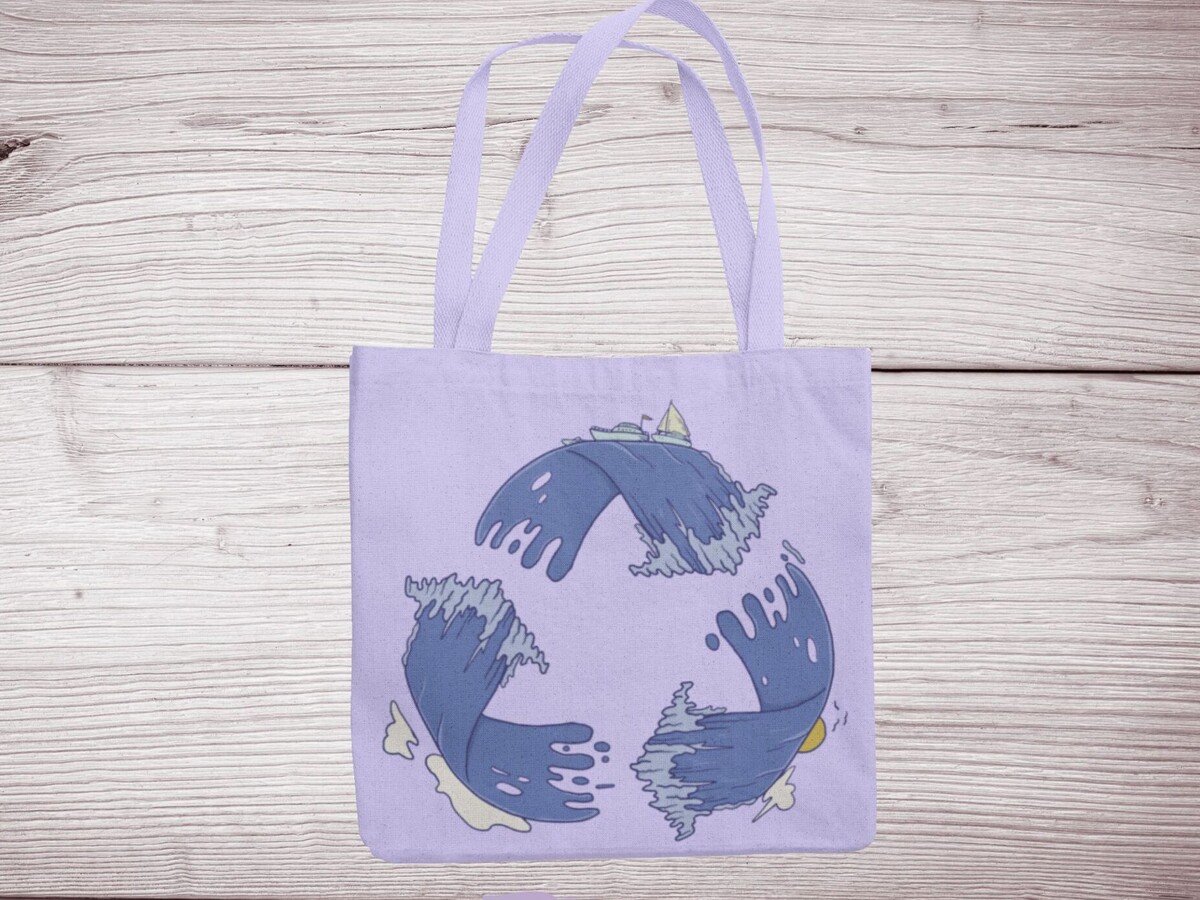Image


A circular economy has been defined by the U.S. Environmental Products as
A circular economy, as defined in the Save Our Seas 2.0 Act, refers to an economy that uses a systems-focused approach and involves industrial processes and economic activities that are restorative or regenerative by design, enable resources used in such processes and activities to maintain their highest value for as long as possible, and aim for the elimination of waste through the superior design of materials, products, and systems (including business models).
The keywords are "industrial processes and economic activities that are restorative or regenerative by design," - which in a simpler vernacular is - manufacturing products which last (longer), have quality; and using items or products until they wear out and then repurposing, reusing them in another application. Sounds like yesterday?
Examples of a CIRCULAR ECONOMY from "yesterday"
| YESTERDAY | TODAY | |
Patchwork Quilts |
When a garment had finished its "life" it was carefully cut into pieces to form a design. Batting was added and a solid back. Then the quilting completed the process, while also serving as a means to stabilize the piece |
Most quilts today are constructed from new material. |
Furniture |
Furniture manufacturers s with longevity include
Their furniture and others from the same era, but no longer in production; have withstood the test of time in that they
|
Disposable and replaceable furniture is available as a convenience for the college or rental market. As well as the real-estate investment mobility housing market. Marketing targets the emotions of envy and discontentment as well as cyclical design which then deflate the demand for quality made products. |
Hardware & Tools |
Craftsman, a brand of Sears & Roebuck department stores, had a reputation for quality and sought after for its lifetime guarantee; of which NEVER diluted their sales. Customers returned and/or bought more of other tools. Their "made-in-USA" tools are highly sought after in the estate and garage sale market. |
Most tools in the home-market and/or affordable price range do not have integrity or strength for long-term usage. This creates a shorter replacement life-cycle, a now built-into the business model and profit margin. |
Dental Cleaning Packaging |
Toothpowder was an acceptable means for the individual to access a cleaning medium for teeth. The packaging and its format guaranteed little or no waste. Toothpaste is not new. only the packaging and its built-in reduction of access to the product.
|
Toothpaste in a tube, as we know it, took a while to appear in the mass market.
|
Related event: Circular Economy Club Monthly Virtual Meeting 6/9/22